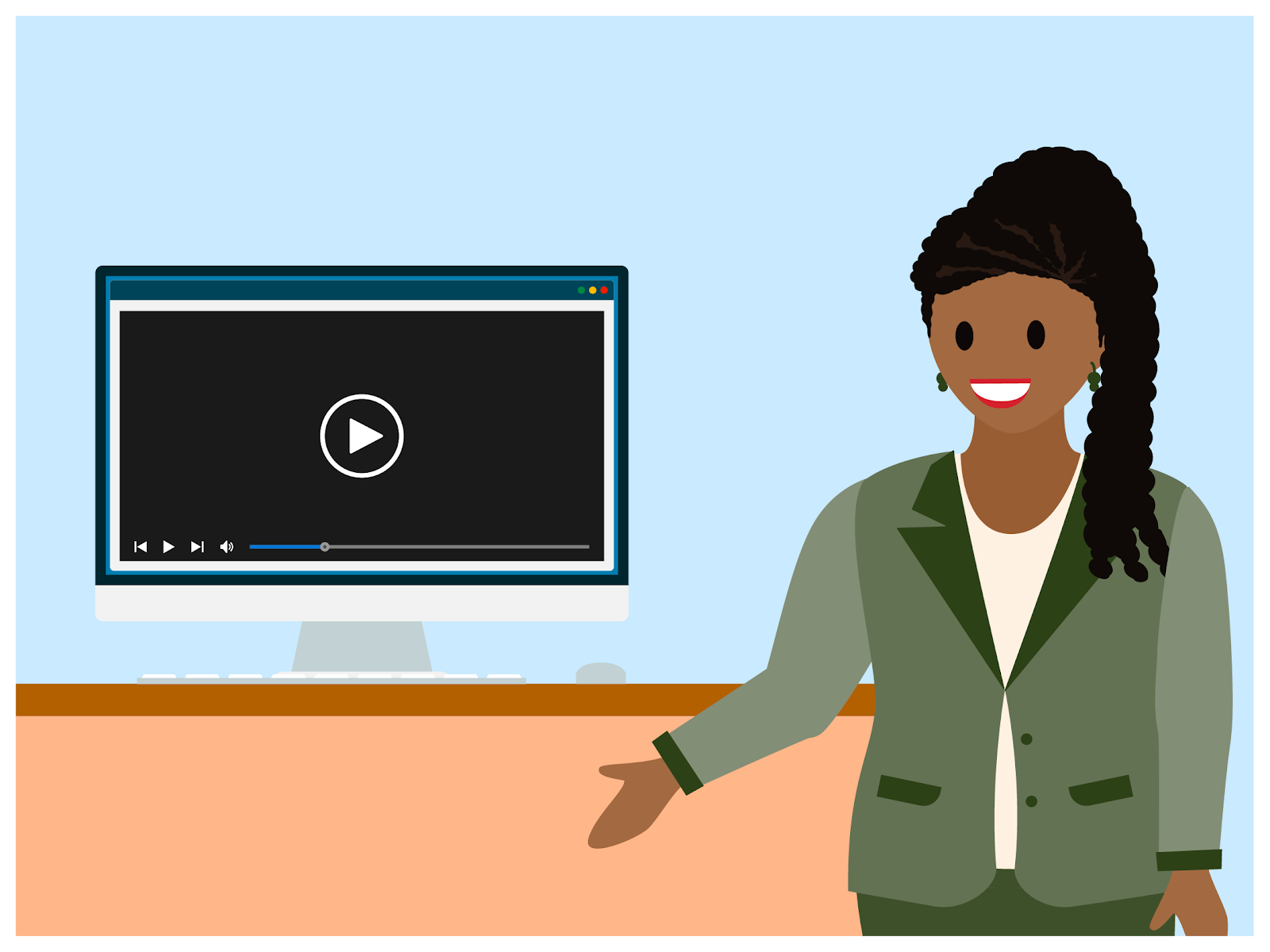Communicate Your Training Goals
Learning Objectives
After completing this unit, you’ll be able to:
- Develop a training strategy that clearly defines expectations and goals.
- Create a communication plan to keep users informed.
Set the Stage
As an admin, you’ve done a lot of work setting up Salesforce for your organization. Now comes the most important part—getting your users trained so that they can do their jobs effectively.
Why spend time training? Time after time, we’ve heard from trailblazers that the lack of training and learning opportunities lowers end-user productivity, erodes trust, and ultimately hinders long-term adoption. On the other hand, sufficient training increases overall satisfaction and productivity. Happy customers and fewer “How do I…” emails? We’d say that sounds like a good use of time!
Before you jump into writing up a training plan, let’s explore why having a training strategy is important. A strategic vision keeps your users on track and the overall implementation goals top of mind. It doesn’t have to be lofty or complicated, in fact, simple is best. Your strategy and how you describe it to users may change over time as your company grows and evolves. So be sure to revisit it from time to time to ensure everyone is marching to the same drum.
Your strategy should:
- Set expectations for how and when users should use Salesforce.
- Explain how you’ll measure success.
- Answer how users benefit from this new way of working.
Tell your users what they can expect from Salesforce and what is expected of them. Adopting new systems and processes can be daunting for users, especially when they are used to their existing workflow. Make sure they understand the changes that are coming, the rollout schedule, and how those changes will impact their daily tasks.

Be transparent about how you plan to measure success. This ensures that users aren’t blindsided by how management reports on success metrics. Clearly establish that “If it isn’t in Salesforce, it doesn’t exist.” This helps users understand that data quality and completeness is a priority. Without metrics your executives won’t be able to properly measure success and your users may not get credit for the hard work that they do.
Answer “What’s in it for me?” Possibly the most important part of your strategy because it’s key to user adoption. Show off the efficiencies that Salesforce can bring to their jobs. Whether that’s automatic reminders to follow up with customers, easy workflows for inputting customer information into Sales Cloud, or taking Salesforce on the go with the mobile app, find ways to motivate your users by showing them the value of making the transition to Salesforce.
Create the Communication Plan
Once you’ve established your training vision, the next step is creating a communication plan. This ensures that you deliver the information and training your users need, exactly when they need it.
Deliver the messages as you would for any other major team update, such as by Slack or email. It’s important to time these communications to keep your users informed every step of the way.
Timing |
Key Topics |
|---|---|
Pre-Launch |
|
Launch |
|
Post Launch |
|
Although some parts of the communications plan are applicable to all users, regardless of their training needs, you may need to revisit the plan before you start communicating out updates and include specifics of how groups of users will be trained.
Finally, don’t forget to create a cheer squad from multiple levels within your organization. Invite early adopters and super users early on to become evangelists and help with user adoption. Management leads the motivation effort, and the executive sponsor needs to be engaged throughout the deployment, not just at the beginning. Keep them involved and communicate the value of using Salesforce. This is a big factor for success.
Now that you have a solid plan for communicating our training strategy, let’s move onto the training plan.
Resources